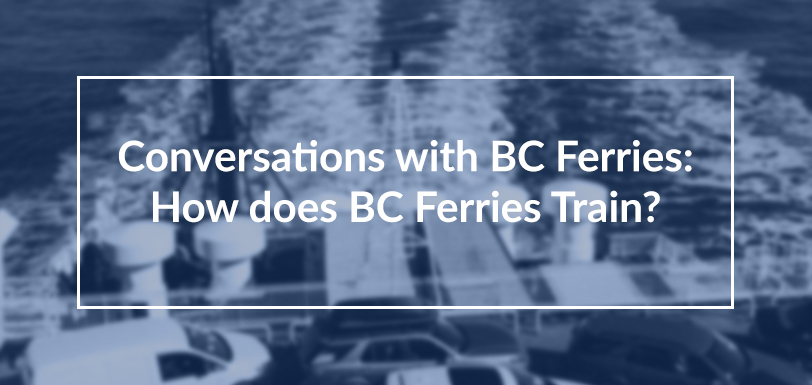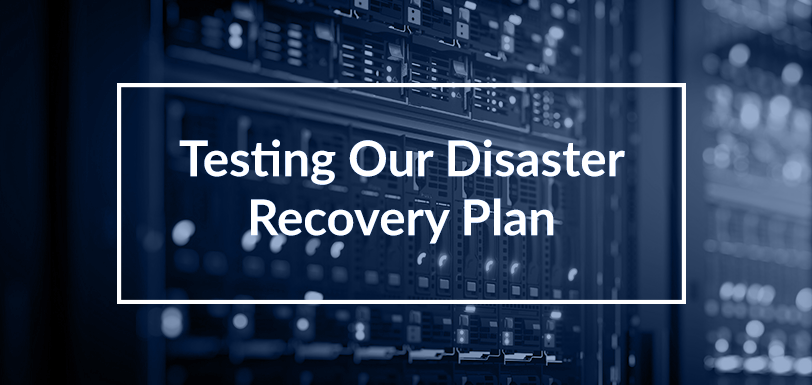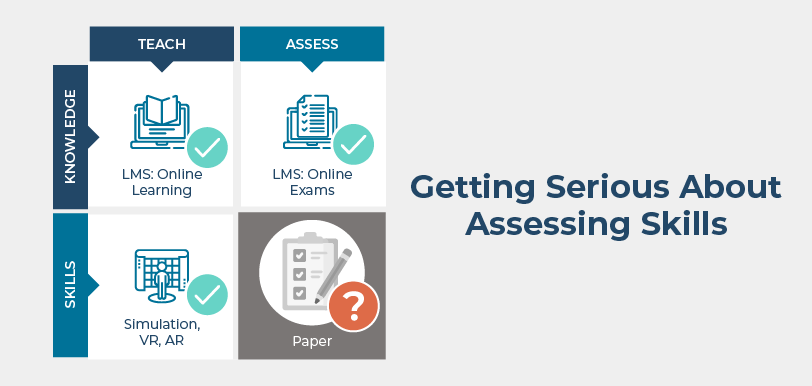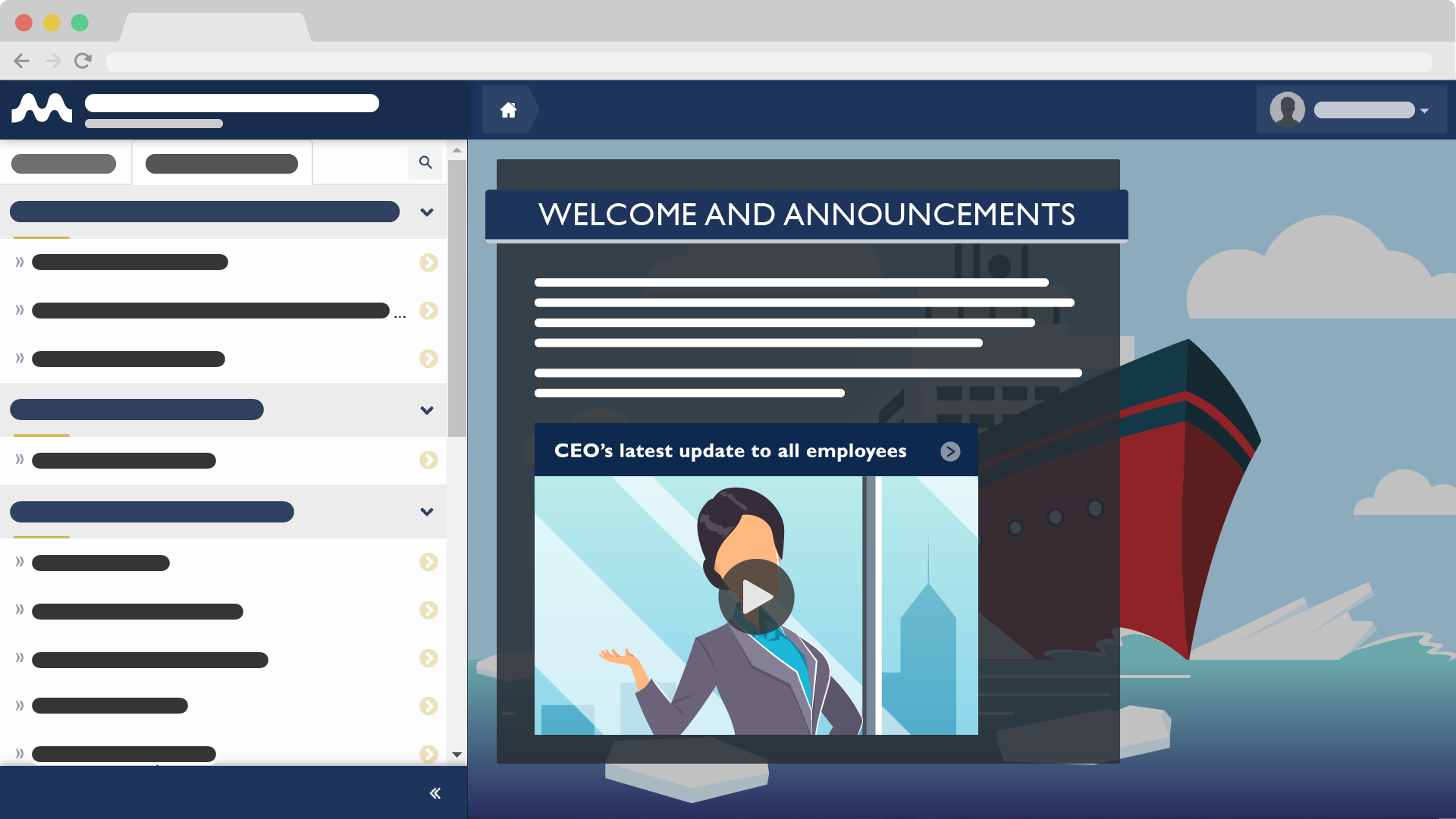Conversations with BC Ferries – How does BC Ferries Train?
Apr 17, 2019 Marine Learning Systems 0 blended learning, Case Study, eLearning, Interview, Maritime TrainingPhoto above taken by Tobias Tullius on Unsplash
Introduction
This is the third blog in a series that transcribes an interview Murray had with Jeff Joyce from BC Ferries. The following portion covers, at a high level, how BC Ferries currently employs eLearning and face to face interactions in a blended learning program for crew training.
How Does BC Ferries Train?
Murray: I think that says a lot about BC Ferries, frankly, that you did bring it in even though you were in effectively a difficult cycle with respect to launching new programs.
Jeff: I mean it was not only a good plan, but the impetus was there from the frontline of the employee cadre and fundamentally, that’s what Sail Safe was built on. So, it was a difficult sell, but the outcome was almost inevitable in that we would be going in this direction to improve our training for employees.
Murray: From a very high level, what is this program what does the SEA program look like?
Jeff: Where to start? I mean the SEA program I guess probably for the audience it might be best to think of it as to how it was built. So, we built this trio process that involved the front-line employees. We had, obviously, our IT expertise, we had our curriculum designer expertise with knowledge solutions and then we had the company, obviously myself, being representative. What we wanted to do then was get the employees involved. This was their cry for improvement around training and we wanted to answer that. What we did was we took some of those frontline employees through the whole rank structure of a particular department and then brought them in, explained the approach and then actually had them work with us to design the individual program, for example the deckhand program and watchkeeping officer program.
Once that was done, we actually ran that through its bases and got it signed up the chain command at the vice president’s level. Once it was signed off then we used again the experience and intelligence of the frontline employees to actually document what is the teaching material. All of that went in and then what that enabled was when it came to actually rolling a program out we had trainers that had been involved right from the conception through the design, through the development and we’re now going to deliver. That was kind of how we broke down the development process and we did that with each individual program so about 35 individual programs across those over many years for about four lines of business; about nine years.
Murray: So, tell us what it’s like if you’re a deckhand. You know, just again from a fairly high level. When you want to be a deckhand at BC Ferries what does this program look like to you?
Jeff: Before I say what it looks like I’m going to say what the predecessor looked like just to give you a bit of perspective on why the impetus was so large to actually create it. It was simply that if I were a new deckhand at BC Ferries pre SEA I would arrive on board probably around eighteen nineteen years old, maybe, with a bit of marine training and my marine emergency duties and not much else. I would be paired up with somebody that may or may not want to do this, may or may not have the requisite experience and may or may not follow the regulations policies and procedures and I would go along and shadow that individual and at some point they would decide whether I was ready for actually working on my own in that position or not.
Murray: How long would you shadow for as a deckhand?
Jeff: It varied a fair amount, was anywhere from a couple of days to eight days to more if the individuals having some challenges or – and this is my point – if the person that was delivering the familiarization training was also having some problems. Now they’re shifting from that to looking at what a deckhand program in SEA looks like. It’s four phases and it starts with the very first phase which is now delivered to the employees before we actually hire them.
Murray: Oh before they’re employees?
Jeff: Before they’re employees. They go through the phase one which is a blended approach or sorry which is an online approach as you say and they go through everything that any deckhand at BC Ferries would need to know. I call that the fleet generic material and at the end of that phase they have an exam that’s randomized and auto generated
Murray: But that first online phase they basically sit in front of a computer and they’re not employees yet so they’re at home, they’re at the library, they’re on their phone, whatever, and they do that material on their own time?
Jeff: On their own time. To me what’s important there is not only they’re learning what every deckhand needs to know they’re learning that BC Ferries is serious about training. then they go into the meat and potatoes of the program. The core of the program is the second phase and that’s the onboard training for those positions that are in ships and on-site training, for example terminal positions, folks who work at the terminals. At the end of that there is another example and there’s also the preparation package that requires them to get through it in order to be ready for the third phase, which is clearance.
Now so all the way along they’ve been able to use the material online or printed out whichever works best for them and then when they get to the clearance phase they actually go through about four different types of clearance. So sticking with a deckhand program they have an exams a written exam which I mentioned, again eighty percent. They have practical demonstrations that they have to give to the clearance officer, there is a oral question and answer that they do and then with almost every one of our programs we do what I call a sanity check. This is involves a 15 to 20-minute interview with that student and the senior manager on site so right the watch master, for example, or deckhand or perhaps the chief officer. Once they pass all that then they are ready to work. However, they’re not finished learning because the next phase is phase four, and that’s around career progression and skill enhancement, so it’s sort of broken down into two pieces. Get better at what I just got cleared on – skill enhancement, and once I’ve completed all of those learning activities and demonstrated the continued proficiency in that role then I can be considered for career advancement which will give me a bit of hope and a bit of a perspective on what a career BC Ferries can involve.
Murray: Fantastic.
Follow this Blog!
Receive email notifications whenever a new maritime training article is posted. Enter your email address below:
Interested in Marine Learning Systems?
Contact us here to learn how you can upgrade your training delivery and management process to achieve superior safety and crew performance.






